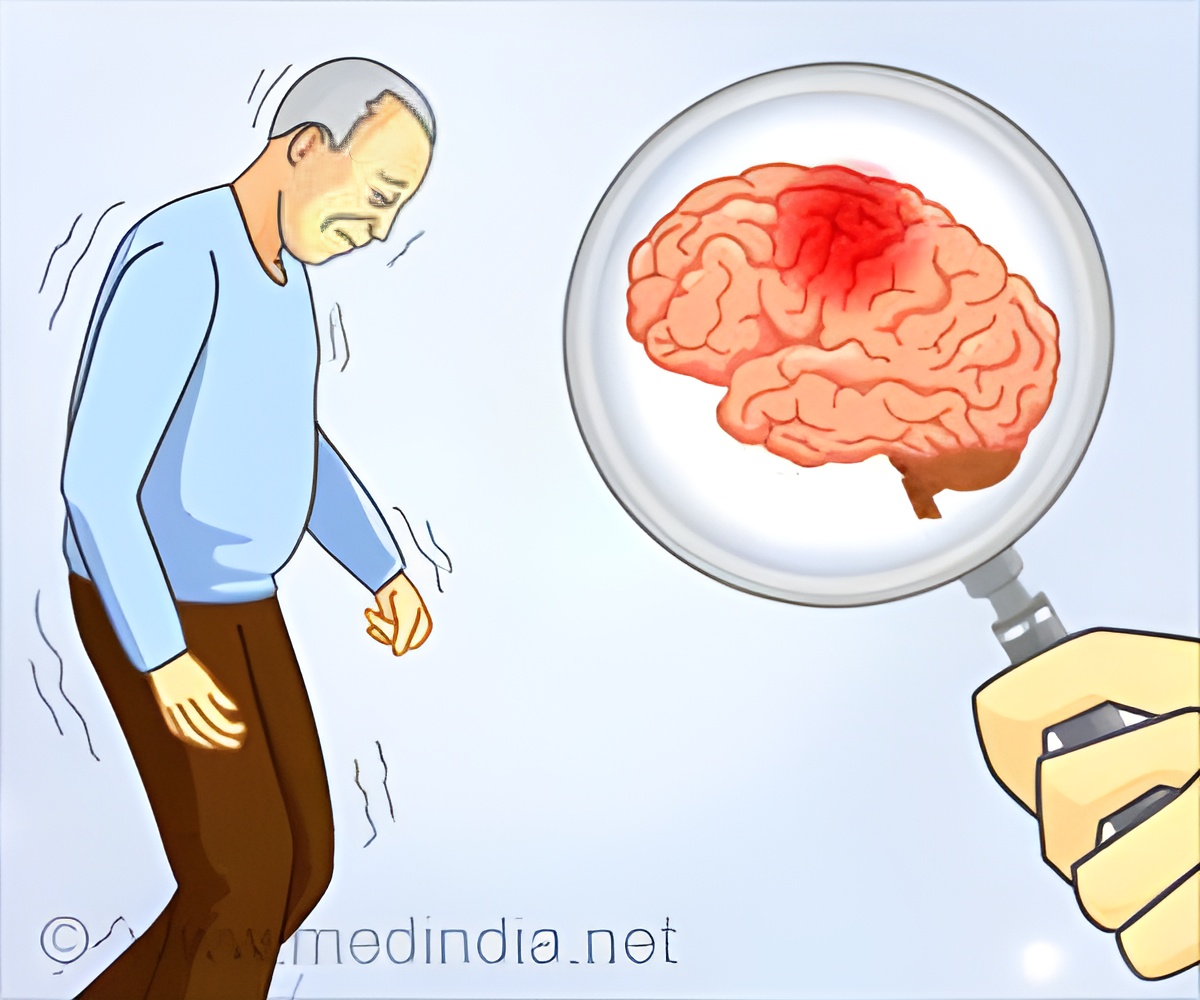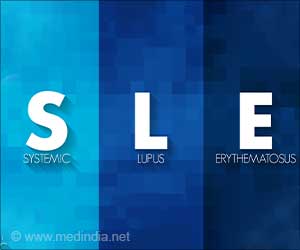Movement disorders like L-dopa-induced dyskinesia (LID) in Parkinson's patients may be aided by sonic hedgehog protein pathway stimulation.

TOP INSIGHT
Movement disorders like L-dopa-induced dyskinesia (LID as a side effect of dopamine therapy) in Parkinson's patients may be aided by sonic hedgehog protein pathway stimulation. The study found a new neuromodulator – ‘Shh’ to be involved in driving this LID.
Drug-Induced Dyskinesia
Dopamine replacement therapy (a type of Parkinson's treatment that induces Levodopa, or L-dopa) may result in involuntary movements in the limbs, face, and torso after a few years as side effect called L-dopa induced dyskinesia (LID).
Existing treatments like deep brain stimulation can alleviate LID. However, the procedure is highly invasive that hinders the eligibility of many patients. Hence, study team looked for an alternative approach through sonic hedgehog protein pathway stimulation.
It was found that drugs that increased signaling by a protein called sonic hedgehog, or Shh, can inhibit LID. This potentially helps most Parkinson’s patients from the debilitating side effects.
‘Shh’ has not previously been considered a neurotransmitter (chemical messenger of the brain). The present study reveals that it does in fact act as a neuromodulator. It was found that dopamine neurons use Shh to communicate with cholinergic neurons (that plays a significant role in LID).
“In rodent and non-human primate models, the administration of L-dopa together with sonic hedgehog agonists attenuates the expression of LID. We provide novel insight into the underlying mechanisms behind LID formation and provide a potential therapeutic solution,” says Lauren Malave, Ph.D., first author, and postdoctoral fellow at Columbia University, previously a Ph.D. student.
The study thereby suggests that the imbalance between dopamine and Shh after L-dopa treatment is a major cause of LID. The team is set to develop new therapeutics that act downstream in the Shh pathway in cholinergic neurons and begin clinical trials.
Source-Medindia
 MEDINDIA
MEDINDIA



 Email
Email





